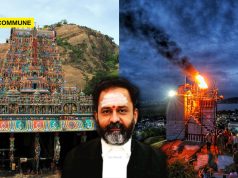
The Swedish Institute of Space Physics (IRF) will explore the Venus for the second time on board the India Venus mission Shukrayaan-1. IRF’s satellite instrument Venusian Neutrals Analyzer (VNA) will study how the charged particles from the sun interact with the atmosphere and exosphere of the planet.
IRF’s ASPERA (Analyzes of Space Plasma and EneRgetic Atoms) on board the European spacecraft Venus Express had studied the planet’s plasma properties between 2006-2014. It also analysed neutral atoms that escape into space from the atmosphere.
By analyzing energetic neutral atoms (ENAs) we know the interaction between the charged particles from the sun and (solar wind) and the atmosphere of Venus.
Yoshifumi Futaana, Associate Professor, IRF said, “Venus is the twin of our earth, but is very different. The atmosphere is dense, hot but waterless. Water existed 4 billion years ago when Venus was formed, but it is lost, maybe to space. This water escapes to space due to solar wind as proved by ASPERA-4.”
SARA (Sub-keV Atom Reflecting Analyzer), first generation instrument consisted of two sensors. One was a detector of energetic neutral atoms and the other was an instrument to measure the flow of ions in the solar wind. SARA was the first collaborative project between IRF and ISRO. The first generation SARA was used in Chandrayaan 1.
IRF’s satellite on Shukrayaan 1 will be part of a larger Indian contingent.
The launch of Shukrayaan-1 is scheduled in the second half of 2023 from Sriharikota.




